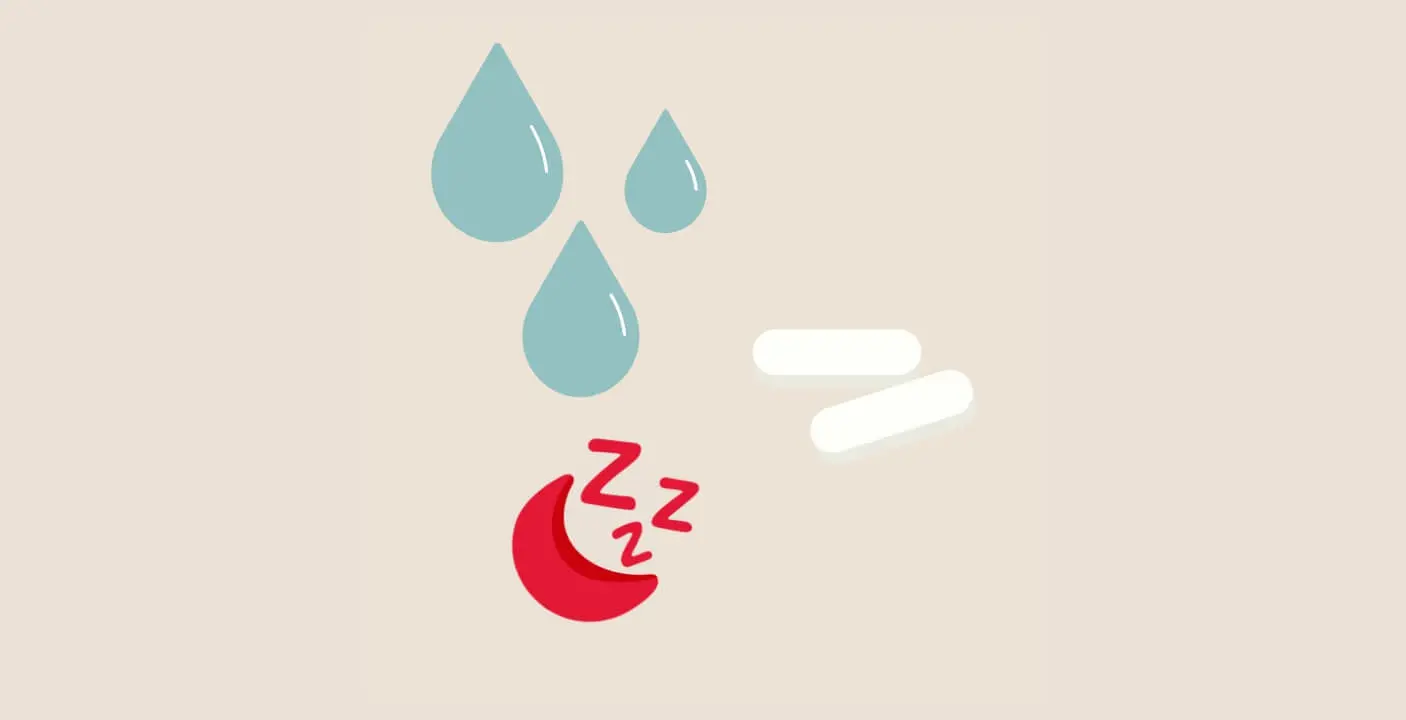Sneeze. Cough. Reach for a tissue. Repeat. The common cold usually clears up within a week or two, but when you’re suffering through common cold symptoms it can feel like a cycle that never ends.
There are plenty of ways to help treat cold symptoms. If you’re not sure whether you’re experiencing a cold or the flu, check out this article. And as always, please talk to your doctor if you have specific questions or concerns.
Home Remedies that Can Be Effective for Your Cold
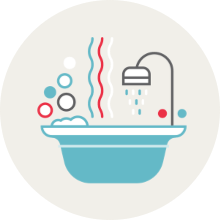
Inhale Steam
Inhaling water vapor is a great way to loosen up mucus in the nasal passages, throat, and lungs. Additionally, warm steam can help ease feelings of irritation and swollen blood vessels in the nasal passages, which are typically inflamed during a cold. As with other treatments for cold symptoms, steaming can help provide comfort for issues like congestion and throat irritation but won’t actually cure your common cold—only time and a functioning immune system can effectively fight the virus that is causing your cold.
Consider boiling water on the stove, carefully pouring it into a bowl, and then draping a towel over your head as you hover a few inches above the steaming water. Inhale slowly and deeply through your nose for at least 2-5 minutes and remember to take extra care not to make direct contact with the hot water.
Alternatively, you can purchase an electric steamer to relieve a common cold. These appliances (available online or at drugstores) will convert water into steam and usually feature a convenient mask that fits around the mouth and nose so you can breathe in the steam directly.[1] You can also sit in a bathroom with steam from a running shower.
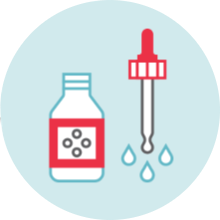
Try Saline Drops
Another great treatment for cold symptoms is the use of saline. Saline drops and saline sprays allow you to rinse your sinuses with a mixture of salt and water. Saline helps to thin mucus and flush it out of your nose. You can purchase saline drops and saline sprays from the drugstore.[2]
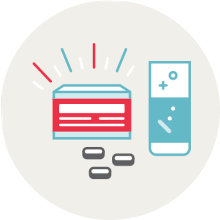
Take a decongestant
Using an over-the-counter decongestant can help shrink swollen sinuses, relieving stuffiness and allowing you to breathe more easily through the nose. Some multi-symptom cold relief products like TYLENOL® Cold + Flu Severe Caplets include the decongestant Phenylephrine (PE). You might also consider products that include pseudoephedrine (PSE), which is typically available without a prescription behind the pharmacy counter like TYLENOL® Extra Strength Cold & Flu Multi-Action Daytime. Consult a health care provider about the best choice for you.

Use Pillows
Rest is truly a critical aspect of common cold recovery, but lying down without proper elevation could cause you more congestion. That’s because mucus tends to pool at the back of your nose when you’re lying flat. Elevate your head to a comfortable level and help your sinus drain normally and prevent the pooling of mucus at the back of your nose and throat. This will allow you to breathe easier, whether you’re awake or asleep.
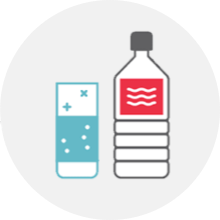
Drink water
Ask any doctor how to relieve a cold, and they’ll tell you that staying hydrated is paramount. Your body needs plenty of fluids to keep your immune system fighting against infection. What’s more, drinking warm liquids like hot water with lemon, tea, or broth can help break up mucus to ease congestion, and also soothe an irritated throat. Just be sure to avoid alcohol, coffee, and sugary drinks, as they can sometimes lead to increased dehydration.[3]

Get Rest
Rest and sleep are the best ways to recharge your body’s immune system. You should try to get 8 to 10 hours of sleep a night while you’re dealing with a cold, but that’s not the only form of rest you should try. Taking a break from strenuous exercise or simply lying down to watch TV or read a book are good ways to keep your body focused on fighting the infection.[3]
Over the Counter Treatments for Cold Symptoms
In addition to cold home remedies, you can treat a cold with over-the-counter solutions that target your specific symptoms. TYLENOL® Cold & Flu products address common cold symptoms like congestion, cough, and body aches, to help you feel more like yourself as you overcome an infection. Unsure which TYLENOL® Cold & Flu product may be helpful for you? Try our Product Finder.
When to seek medical attention
Both the common cold and the flu tend to resolve on their own, and do not typically require a trip to the doctor. However, you should stay vigilant and seek medical attention if any of the following occur[4]:
Symptoms do not improve or are getting worse
Fever greater than 101.3 degrees Fahrenheit lasting more than three days
Fever returning after a fever-free period
Shortness of breath
Wheezing
Intense sore throat, headache or sinus pain
Learning how to treat a common cold really depends on what works best for you. As you’re likely to suffer colds throughout your life, you’ll want to try various treatments for cold symptoms, and figure out which ones give your particular symptoms the most relief.
